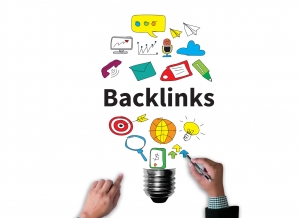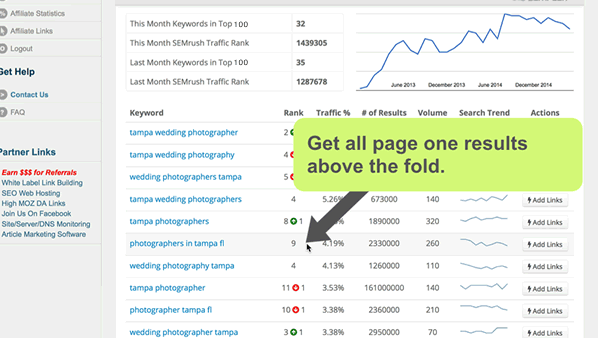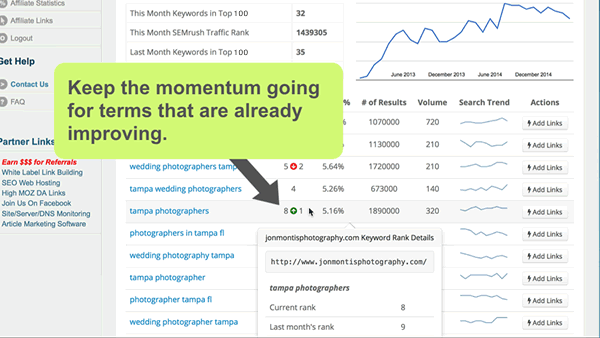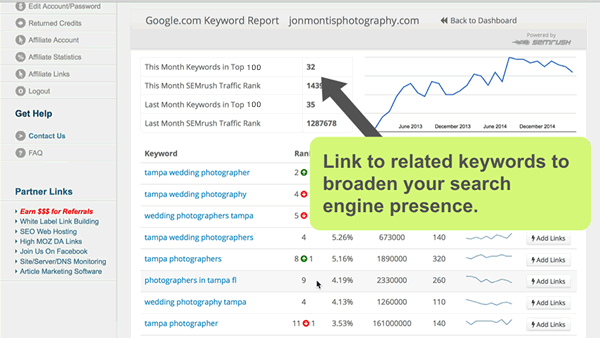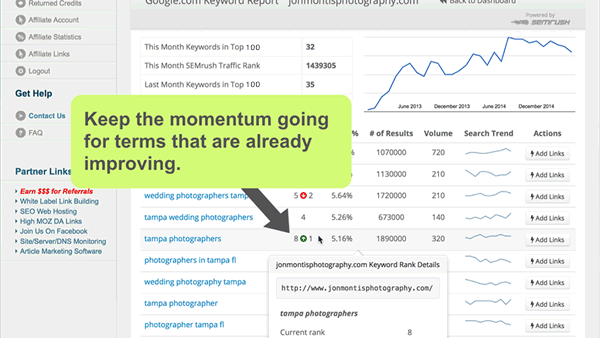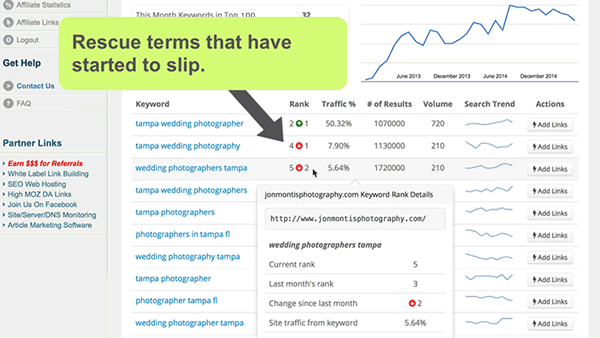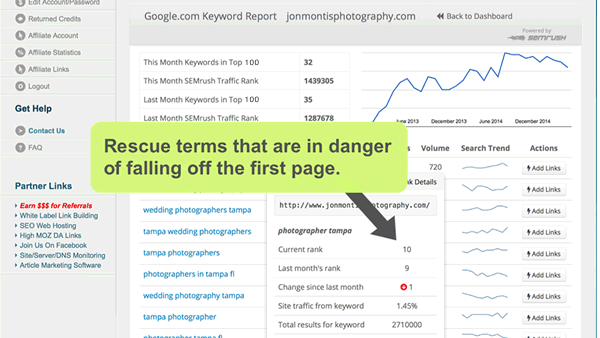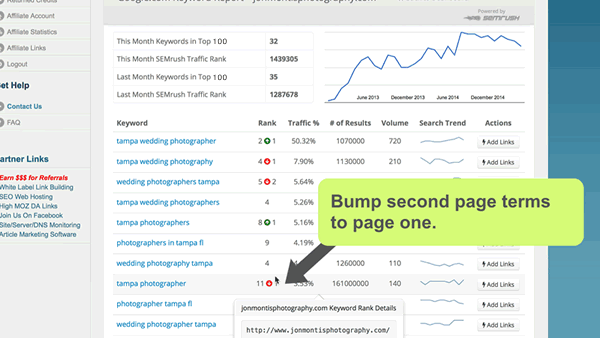 If you think that social media is replacing search engines as the primary way that visitors are being referred to sites, think again.
If you think that social media is replacing search engines as the primary way that visitors are being referred to sites, think again.
In fact, a study by Forrester found that 93 percent of all online experiences start with a visit to a search engine.
Another study found that when shopping online, 61 percent of consumers will use a search engine to research the product that they are looking for and make their decision.
If your site doesn’t rank well on Google, you’re missing out on the patronage of a large portion of these viewers.
While SEO practices are important for boosting your rankings, high-quality backlinks are the best way to help your site climb the Google rankings, and boost traffic to your website.
But if you don’t understand Google’s complicated screening process for backlinks, you likely aren’t creating high-quality ones, which may lead to your site getting flagged for spam.
What It Means to Backlink to Your Site
To understand how to create high-quality backlinks, you first need to understand what backlinks are and how they work.
Anytime a website contains a link to another site, this is considered a backlink. Backlinks, in the simplest terms, create links between sites.
But these backlinks do a number of other things as well.
First, they create referral traffic.
This traffic often isn’t large, but it is targeted. For instance, if a backlink is included on a niche blog, and links to another blog in the same niche, anyone who is already interested in that topic will find the link useful and may visit continue on to that other site.
But if someone is reading that blog and isn’t interested in the niche, they aren’t likely to click on that backlink.
Backlinks boost the rate at which your site is indexed by search engines.
This is important for all websites, but especially for new ones, as it will make it easier for your website to be found on search engines.
Finally, backlinks also increase your organic ranking.
As with improving the speed at which your site is indexed, this helps to boost where your site falls during a search through an engine like Google.
The Difference Between a High-Quality Backlink and a Poor Quality Backlink
Not all backlinks are created equal.
High-quality backlinks are links posted on relevant, high-quality sites. They link similar material in a natural way.
High-quality links have the ability to dramatically boost your site’s ranking on Google. Poor quality links do the opposite.
Links are considered low quality for a number of reasons. They may be posted on poor quality websites. Or they may be posted on sites that have nothing in common with the website that’s being linked to.
Think of spam comments on blogs and websites, ones that try to capture viewers attention with irrelevant posts or promises of services that have nothing to do with the topic of the article or blog that you were originally reading.
Google will flag these links, which will, in turn, hurt your site’s organic ranking.
Understanding Google’s Definition of a High-Quality Backlink
Even if you aren’t posting spam message-backlinks in comment sections of websites and blogs, your links could still get flagged.
Why? Google has a screening process that seeks to identify any links that could be unnatural.
They define unnatural links as any that are created with the sole intent of boosting a website’s search ranking. Google’s goal is to prevent poor quality websites from gaining a high search ranking by spreading poor quality backlinks all over the web.
Even having too many links obtained through an exchange, as in one blogger promising to link to another blog if that blog will also link to them, can get your site flagged by Google for having unnatural links.
How to Create High-Quality Backlinks
There are a number of ways to go about creating high-quality backlinks.
One way is by creating infographics.
Infographics are one of the most popular visual tools on the internet. Websites love to include them and are constantly on the lookout for relevant ones.
If you create these infographics, then other websites and blogs will use them and will include a link leading back to your site.
In the same way that infographics will get shared often, creating high quality, interesting content will also help ensure that backlinks are being created to your site on other websites and blogs.
You should also be creating internal links on your websites.
These redirect your readers to other pages on your site that contain useful information.
These links also count towards boosting your SEO.
You can also invite guest bloggers and writers to submit articles or posts to your site.
While this may seem counterintuitive (because those writers are going to create links to their own site in their posts) they are also likely to post links to the article that they write on your site on their own website, thus creating a high-quality link for you.
They also may provide an interesting new take on the subject that you specialize in, which can result in interesting content that will drive even more viewers to your site. Interview-style articles with experts in the field are a great way to achieve this.
While these methods are all effective, getting a large number of high-quality backlinks entirely on your own will take a very long time and a whole lot of hard work.
To shorten the process, you might consider purchasing affiliate links with link building packages.
Choosing a reliable company to produce these links is important. The last thing that you want to do is pay for poor quality links.
An experienced, professional company will allow you to browse the pages that you’d like your links to appear on, which will help ensure that your links are natural and relevant.
With Google constantly changing and adjusting their algorithms, it’s also important that you hire a company that stays up to date on what Google is doing, and adapts quickly to these changes.
Get in touch with us. We can help.


